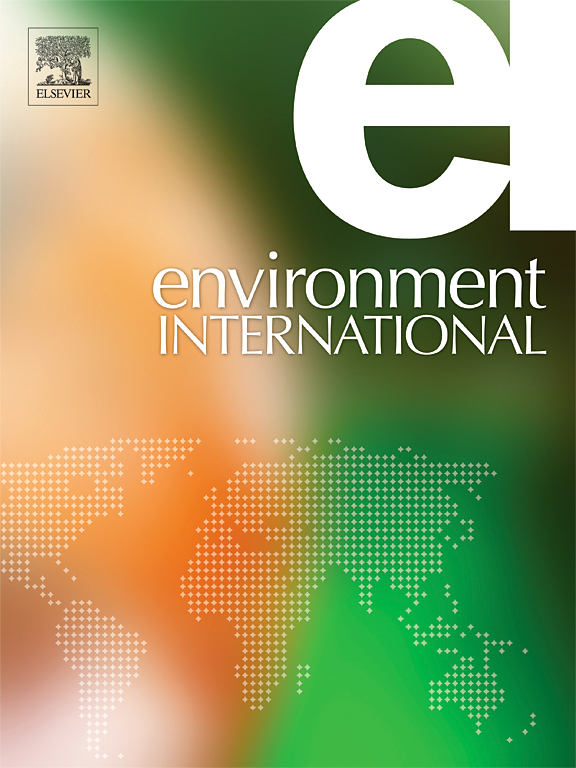海底井喷造成的芳香烃风险评估:加拿大东部案例研究
IF 10.3
1区 环境科学与生态学
Q1 ENVIRONMENTAL SCIENCES
引用次数: 0
摘要
与深水石油勘探活动相关的环境风险日益受到关注。将环境风险评估与溢油模型相结合,有助于了解和定量描述特定区域海底井喷的潜在风险。本研究整合了新型深水溢油模型(DWOSM)和扩展的随机建模方法,以评估加拿大纽芬兰东海岸模拟海上次表层井喷过程中多环芳烃(PAHs)的环境风险。此外,还通过比较模拟研究了海底分散剂注入(SSDI)在缓解泄漏方面的效果。结果显示,在假设井喷的情况下,浮出水面的石油倾向于向东南和东部漂移;在深海井喷后不久,纽芬兰岛东部近岸区域的风险相对较低;释放的多环芳烃可能比挥发性有机化合物(VOC)对生态造成更多不利影响;SSDI 的应用可以降低污染物暴露水平,但代价是短期内扩大受影响区域。这项基于随机模拟的风险评估为战略性溢油响应行动的决策提供了科学依据。本文章由计算机程序翻译,如有差异,请以英文原文为准。
Assessment of risk for aromatic hydrocarbons resulting from subsea Blowouts: A case study in eastern Canada
There is increasing concern over the environmental risks associated with deepwater petroleum exploration activities. The integration of environmental risk assessment and oil spill modeling can help to understand and quantitatively characterize the potential risks from subsea blowouts in specific regions. This study integrates a novel deepwater oil spill model (DWOSM) and an extended stochastic modeling methodology to assess the environmental risk of polycyclic aromatic hydrocarbons (PAHs) during a simulated offshore subsurface blowout off the east coast of Newfoundland, Canada. Additionally, the effectiveness of subsea dispersant injection (SSDI) in spill mitigation was investigated through comparative simulations. Resultant spill hazard and risk maps for current and proposed areas of offshore oil and gas development, in support of contingency plans, revealed that surfaced oil tends to drift toward the southeast and east in the hypothetical blowout case; nearshore areas of east Newfoundland have relatively low risk shortly after a deep-sea blowout; released PAHs may elicit more adverse ecological impacts than volatile organic compounds (VOCs); and SSDI application can reduce contaminant exposure levels but at the expense of enlarging the impacted zone for a short term. This stochastic simulation-based risk assessment provides scientific evidence to support decision-making in strategic oil spill response operations.
求助全文
通过发布文献求助,成功后即可免费获取论文全文。
去求助
来源期刊

Environment International
环境科学-环境科学
CiteScore
21.90
自引率
3.40%
发文量
734
审稿时长
2.8 months
期刊介绍:
Environmental Health publishes manuscripts focusing on critical aspects of environmental and occupational medicine, including studies in toxicology and epidemiology, to illuminate the human health implications of exposure to environmental hazards. The journal adopts an open-access model and practices open peer review.
It caters to scientists and practitioners across all environmental science domains, directly or indirectly impacting human health and well-being. With a commitment to enhancing the prevention of environmentally-related health risks, Environmental Health serves as a public health journal for the community and scientists engaged in matters of public health significance concerning the environment.
 求助内容:
求助内容: 应助结果提醒方式:
应助结果提醒方式:


